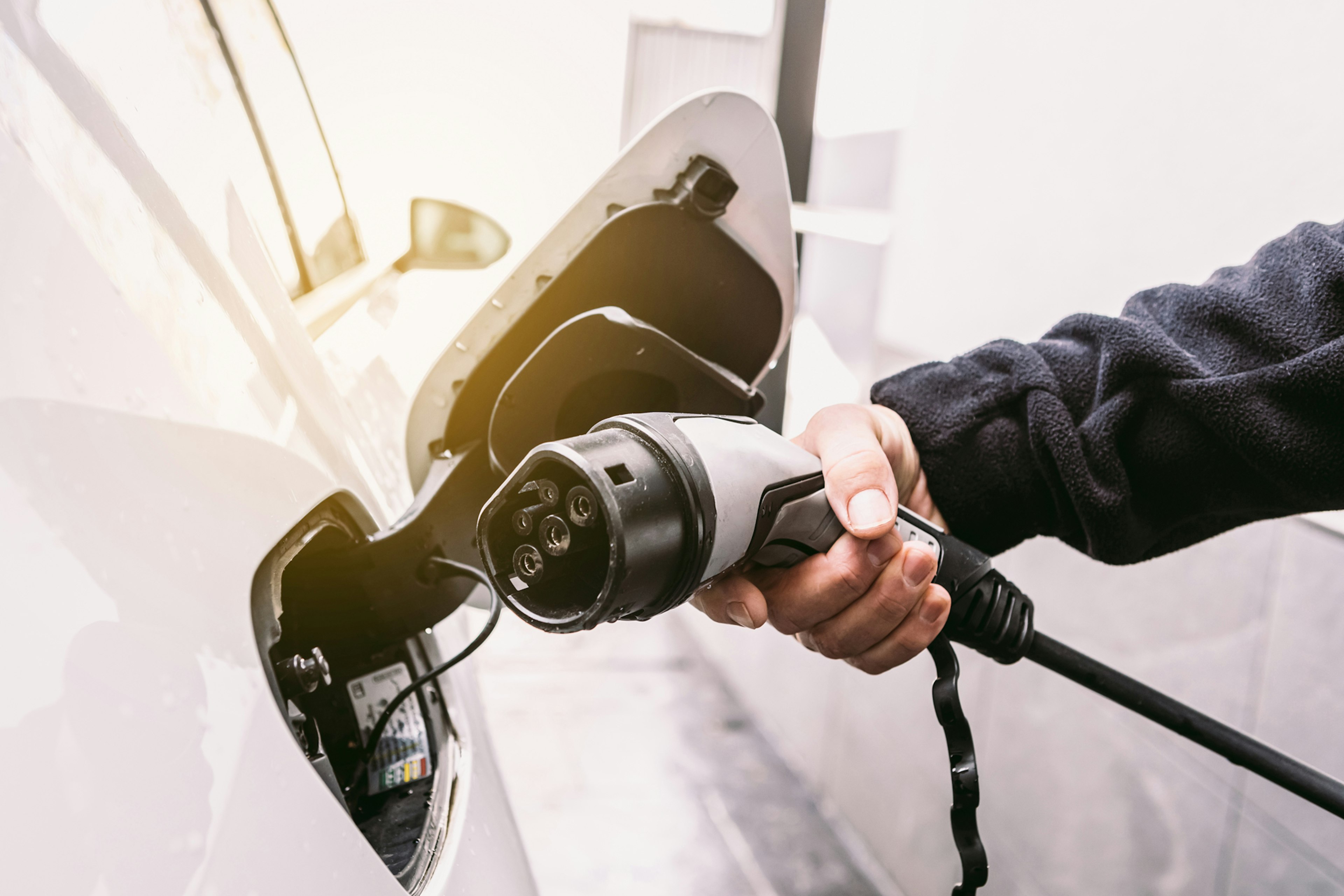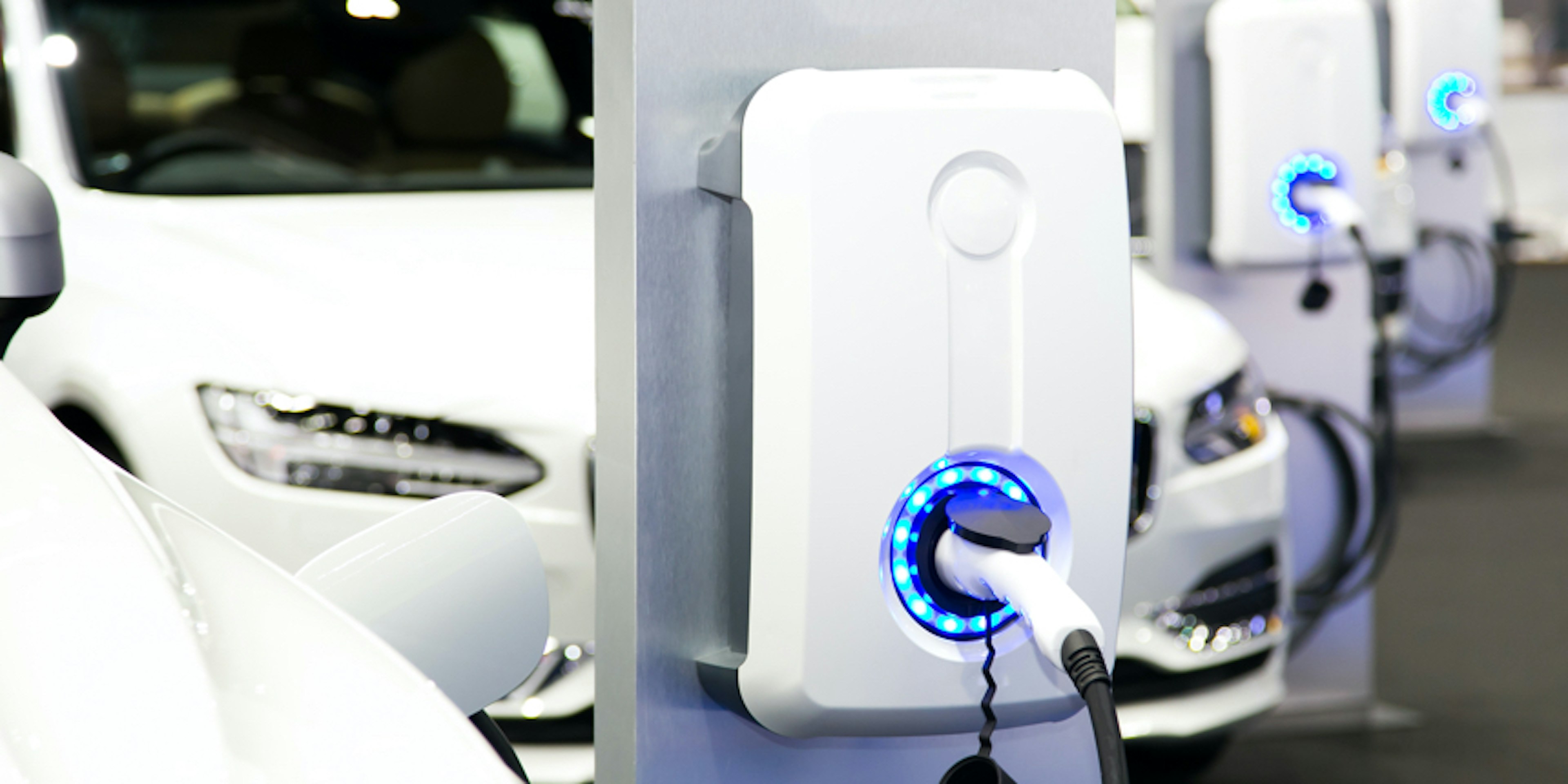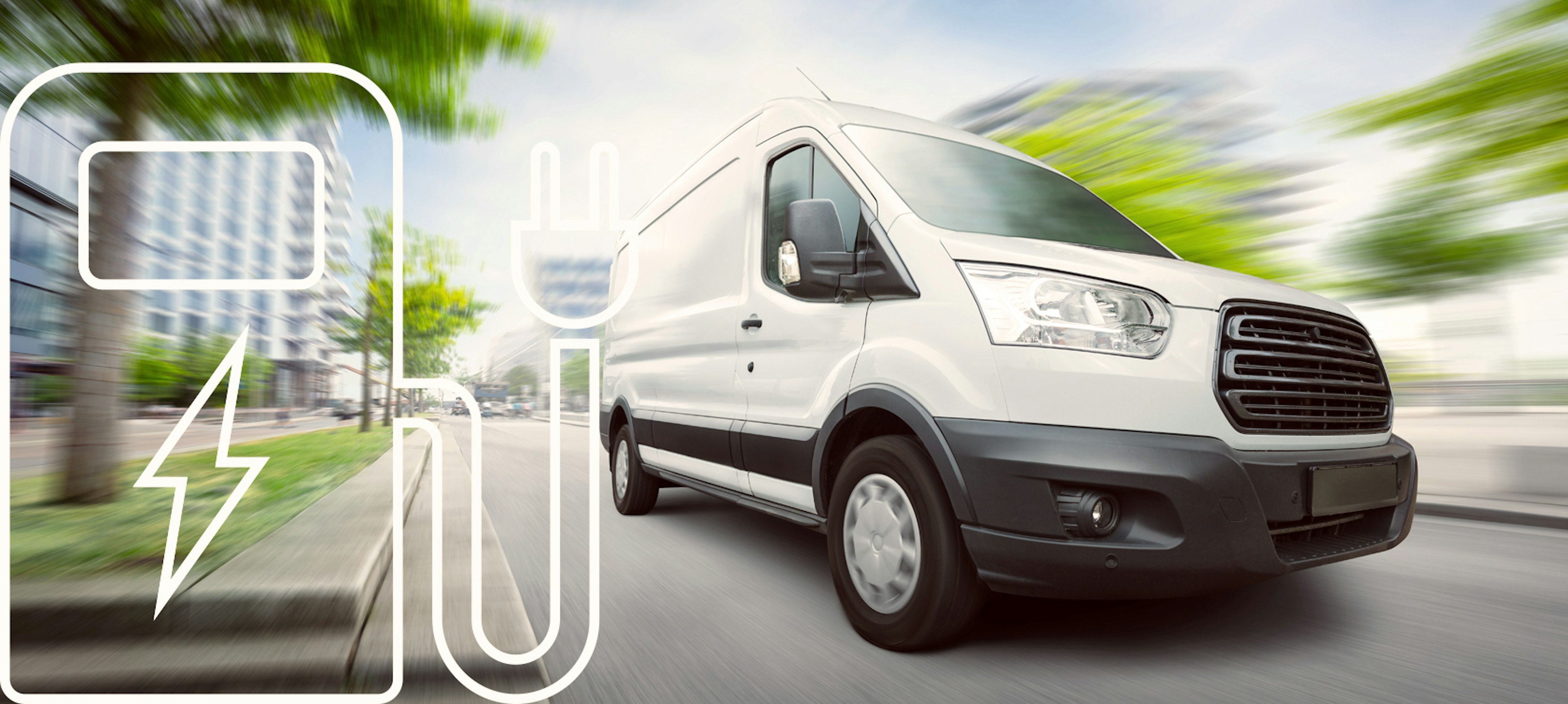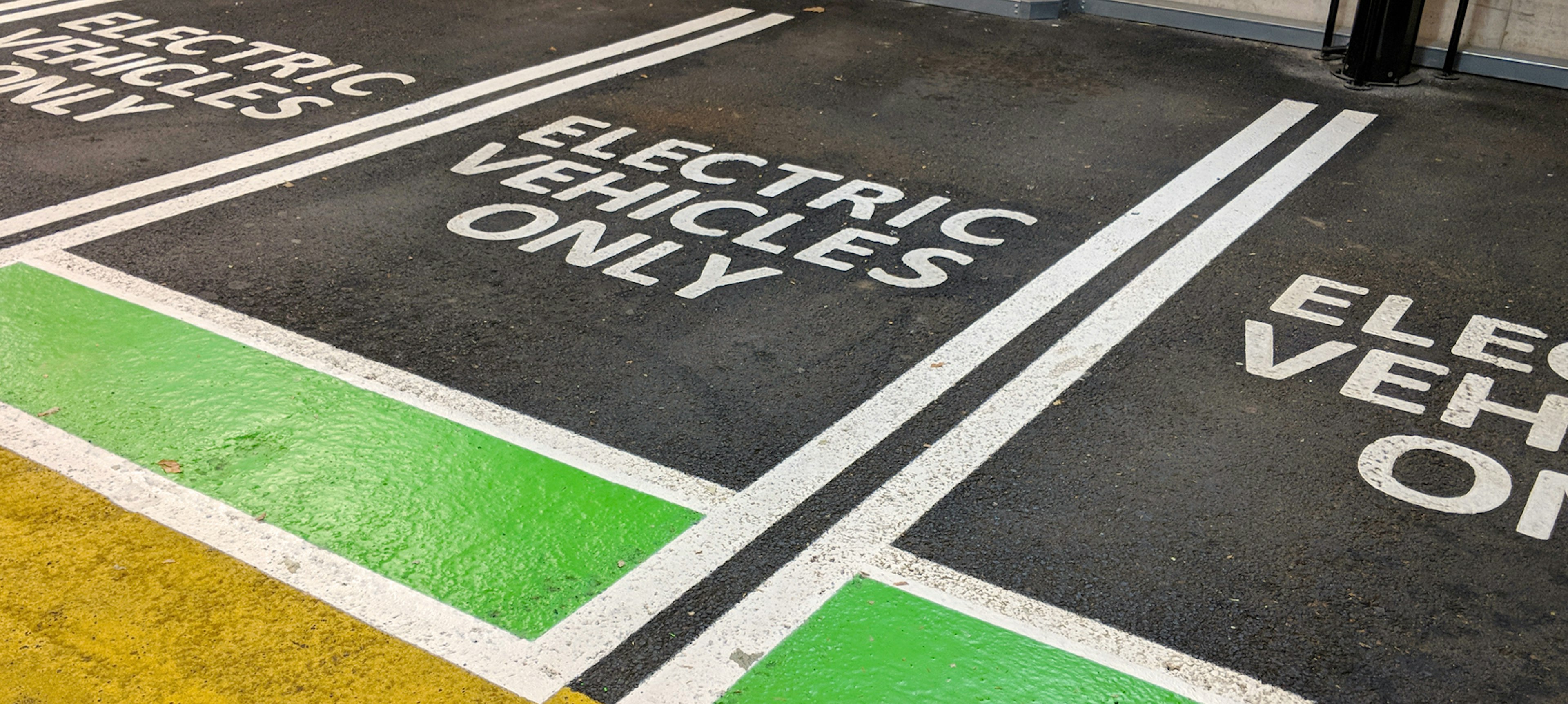Many fleet managers continue to ponder a transition to electric vehicles (EVs) as companies seek to reduce their carbon footprint and manufacturers offer a greater range of options. However, many remain hesitant about EVs because of the noise and misinformation surrounding them. We asked our Director of Fleet Electrification, Chris Knosp, to debunk some of the more prevalent misconceptions.
#1: EVs are too expensive to adopt. Companies already have much to consider regarding fleet-related expenses, particularly the cost of acquiring new vehicles. It’s no wonder, then, that many fleet managers are worried about adding EVs to their fleets.
While there’s still a price disparity between EVs and internal combustion engine (ICE) vehicles, the gap is shrinking—in fact, it may not be as wide as most people believe. And when you consider the other costs you save with an EV versus an ICE vehicle, especially over its lifetime, the upfront costs become more bearable.
After adoption, EVs deliver instant savings thanks to cutting out the cost of conventional fuel. For example, if a driver covers 2,000 miles per month, and their vehicle gets 25 miles to the gallon, that’s 80 gallons of fuel at about $4 per gallon—which adds up to $320 per month. “In comparison, most EV owners pay about $30 a month for charging, depending on your kilowatt charge,” says Knosp. “In this case, that represents $290 in monthly savings for every vehicle-that adds up.”
The cost gap between EVs and ICE vehicles closes even faster when you factor in maintenance costs. The drivetrain of a standard vehicle is comprised of over 2,000 moving parts, while an EV drivetrain only contains 20. Simply put: That’s a lot fewer parts to wear down or break. While ICE drivers must worry about oil changes and replacing parts like spark plugs and catalytic converters, the only consistent service costs associated with EVs are wearable parts like tires, wiper blades, and air filters.
#2: We’ll never recoup the cost of the charging infrastructure. The cost of EV charging infrastructure is significant. (Though there are companies that will install it for free in exchange for a markup on the energy consumed.) But while it will take time to recoup this investment, the timeline may surprise you. Knosp explains that, when you consider the total cost of ownership (TCO), the tipping point is typically around just 18 months—which is when the upfront costs of infrastructure start to pay dividends.
If you’re interested in EVs but hesitant to green-light infrastructure installation, Knosp urges you to consider making the move now. “There are several federal and state incentives that could potentially offset the infrastructure costs. However, those incentives have a shelf life,” says Knosp. “Even if you’re just going to trial it, adding charging to your existing business space certainly won’t hurt your property value.”
#3: EV ranges are too low. Range anxiety is real, but manufacturers have made incredible strides on this front. Many EVs now offer a 300-mile range—exactly what many fleet managers consider “the magic number.”
Data compiled by the Oak Ridge National Laboratory, which works closely with the U.S. Department of Energy, found that the average annual travel for commercial fleet vehicles in 2020 was 20,514 miles, or about 82 miles a day (excluding weekends and federal holidays). Even for fleets with higher average mileage, such as vehicles that clock 100 to 150 miles a day, an EV can comfortably cover that range.
Knosp notes that an EV may not be the right decision for fleet drivers constantly on the move, such as those covering large distances to reach customers in less densely populated states. But for fleets operating in largely urban or suburban areas, an EV should produce zero anxiety.
#4: EVs can’t haul loads. When it comes to loads, Knosp acknowledges that sometimes EVs can’t meet a particular need. In fact, Knosp strongly encourages careful evaluation that goes beyond a manufacturer’s published ranges. “Those are based on just half the vehicle’s payload capability in 70-degree temps,” he says. “Under those conditions, the hauling capabilities can appear far rosier than what you’re likely to encounter.”
“Hauling can significantly impact the range of the vehicle, depending, of course on what you’re hauling and what distance you’re hauling it,” he says. “In some cases, an EV may not be the best choice, though a hybrid could be.”
#5: EV batteries are less reliable and have a shorter lifespan. Lithium-ion batteries have come a long way since 2012, when a non-functioning battery meant a repair worth thousands of dollars—or worse, a junked vehicle. Nowadays, though, batteries are outperforming lifetime estimates of eight years or 100,000 miles, with some fleet EVs running to the 300,000- and even 400,000-mile mark with no battery replacements.
Advancing technology also means that when a battery fails, it doesn’t spell doom for the vehicle. Knosp suggests that batteries are, in one respect, like the cylinders in an ICE vehicle. “All of the batteries today are built with packs. So, using General Motors as an example, the battery is actually 16 different packs, or modules,” says Knosp. “If there’s something wrong with the battery, they run diagnostics, figure out which module is bad and replace it. On average, one module is around $1,000. It’s no different than a cylinder failing in an internal combustion vehicle.”
#6: EVs aren’t as green as everyone thinks. While EVs have a smaller carbon footprint than ICE vehicles and are overall better for the earth, many question the environmental impact of their lithium-ion batteries, from creation to disposal. When these batteries are done, though, they aren’t destined for a life in the landfill—in fact, lithium-ion batteries have uses outside electric vehicles.
“There are companies poised to repurpose these batteries when they’re no longer powering a vehicle,” Knosp says. “They have a usable life post vehicle for idle power storage, and virtually the entire battery can be now be recycled.”
To underscore this point, Knosp pointed to a startup called Redwood Materials. In 2022, they recycled 97% of 1,200 EV batteries from 19 different vehicle models, extracting their lithium,cobalt, nickel, and copper for reuse.
#7: EVs are just a trend and will disappear when the next fad begins. In the automotive industry, new technologies come and go—so why aren’t EVs any different?
Knosp believes our automotive future will feature several types of power generation tech beyond EVs. “I don’t classify EVs as a fad, but there are some emerging technologies that show some promise,” says Knosp. “I think the long-term answer will be a blended one, with EVs an important part. There’s simply too much investment, corporate strategy, and government initiatives behind EVs for them to be a flash in the pan. EVs are here to stay.”
Some promising forms of alternative fuel technology include hydrogen fuel cells, a popular choice for trucking fleets because of their lighter weight, and nuclear fusion, which is still many years away. However, Knosp notes that EVs are also rapidly progressing—the solid-state battery, which could replace the ubiquitous lithium-ion battery due to its increased density, smaller size, and higher range, is only three to five years away from purposeful application.
Interested in learning more facts, not fiction, about EVs? Check out more of the content here at the Fleet Studies Lab.
Skills covered in the class
Fleet Electrification
Mobility-Mindset
Financial Management
Vehicle Specification
Did you enjoy this class?
Share it with your organization and colleagues.



